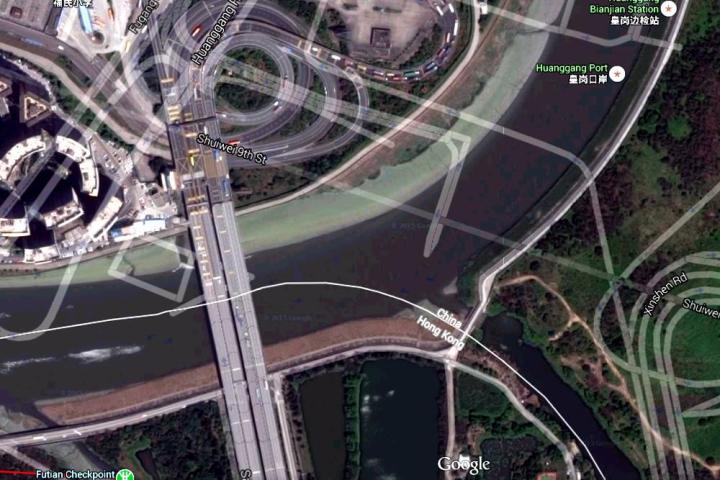
However, there’s an element of unease associated with our easy access to such maps. You can, after all, use a free piece of software to snoop on any location in the world, often zooming in to a street view for an even more detailed vantage point. And as it turns out, not everyone is too thrilled by that idea.
Enthusiast site the Google Earth Blog recently launched an investigation into last week’s explosions in Tianjin, China. In doing so, an unusual alignment error was discovered in Google’s street maps of China. While things don’t quite line up on the Chinese side of the border, the streets of Hong Kong are mapped as normal.
The reason behind this discrepancy seems to be a longstanding piece of Chinese legislation. In an effort to stop prying eyes, maps created in China must use the GCJ-02 coordinate system, as opposed to the WGS-84 system that is used in the rest of the world.
Countries are able to control information like street maps that comes from within their borders, but they find it harder to enforce legislation related to satellite imagery. That’s what makes it difficult for Google to combine the two — although a partnership with AutoNavi allows the company to offer their services in China without complications.
As the Internet invades more areas of everyday life, we’re only going to see situations like this arise more often. It’s a global tool in a world that still enforces the law on a country-by-country basis, so there’s bound to be more questions over which party takes precedence in years to come.


